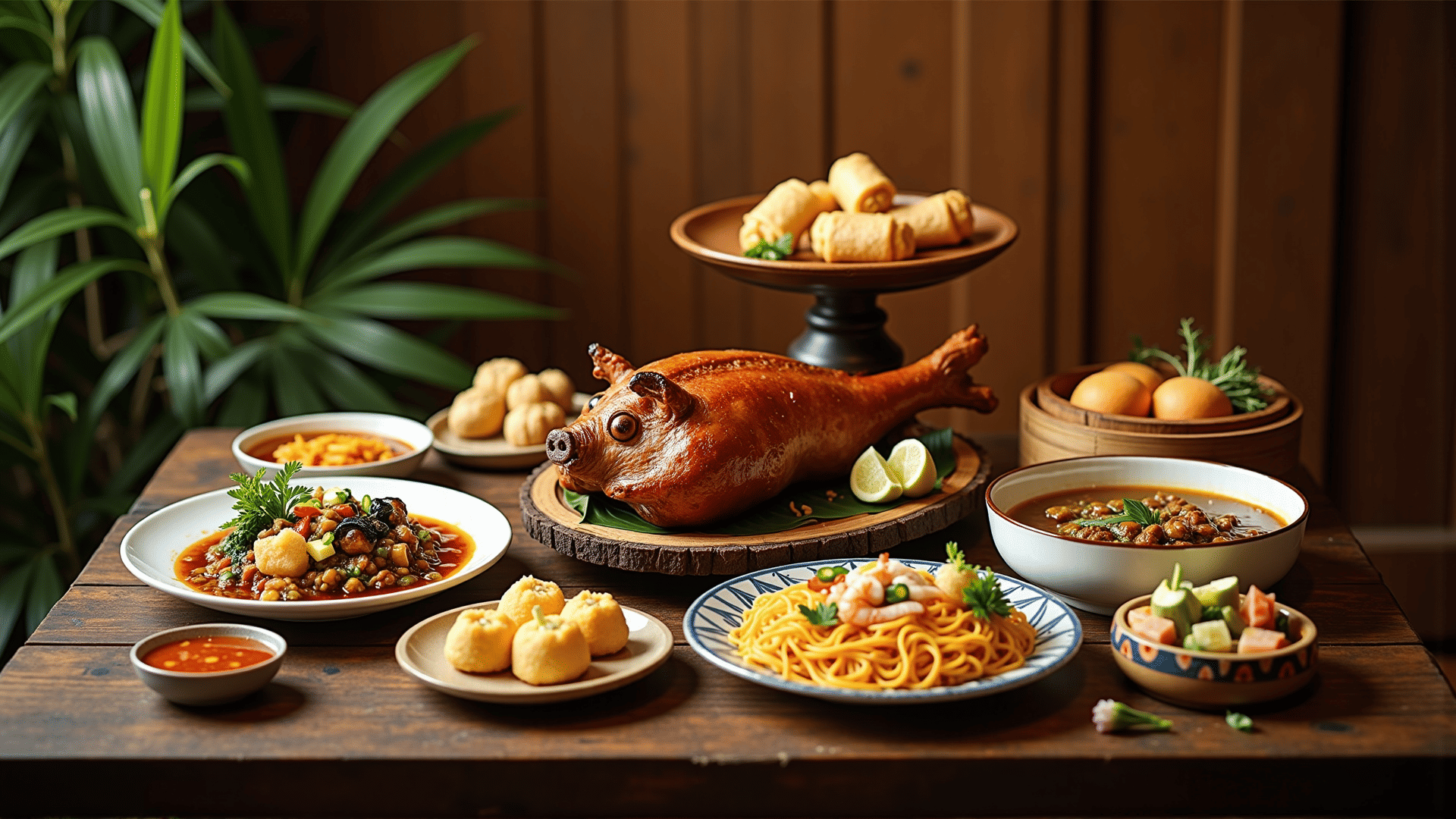Embarking on a culinary adventure through the Philippines is like opening a storybook filled with rich history, vibrant traditions, and diverse cultures, all vividly told through food. The archipelago, boasting over 7,000 islands, presents a unique tapestry of flavors shaped by indigenous ingredients, foreign influences, and a collective passion for food that is central to Filipino life.
At the heart of Filipino cuisine lies "Adobo," a quintessential dish that deeply resonates with Filipinos both at home and abroad. With its roots in pre-colonial times, Adobo showcases a masterful balance of salty, sour, and savory elements. Meat, typically chicken or pork, is marinated in a mixture of vinegar, soy sauce, garlic, and spices, then simmered to tender perfection. This dish embodies the resilience and adaptability of the Filipino people, reflecting how they have embraced and reimagined culinary influences over the centuries.
Another gem within the Filipino culinary landscape is "Sinigang," a sour soup that encapsulates the archipelago's affinity for tangy flavors. Traditionally made with pork or shrimp and teeming with vegetables like kangkong (water spinach) and sitaw (string beans), Sinigang owes its distinct sourness to tamarind, calamansi, or unripe mangoes. This comforting dish is more than just a meal; it’s a touchstone of family gatherings, bringing loved ones together over its steaming bowl of heartwarming goodness.
The Philippines' rich cultural history is also evident in "Pancit," a nod to its Chinese influences. Pancit refers to a variety of noodle dishes, each representing different regions and stories. "Pancit Canton" and "Pancit Bihon," with their vibrant medleys of vegetables, meat, and seafood, are staples in many celebrations, symbolizing long life and prosperity. The intermingling of Chinese culinary techniques with local ingredients tells a fascinating story of integration and adaptation.
No exploration of Filipino cuisine would be complete without "Lechon," the undisputed star of festivities and major gatherings. This roasted pig, painstakingly cooked over an open fire to achieve crisp, golden skin, is a national delicacy that captures the spirit of Filipino hospitality and the joy of communal celebrations. Lechon is not merely about its tantalizing taste but also the communal process of preparation and the shared feast that follows, representing unity and cultural tradition.
To bring a sweet conclusion to this journey, one must sample "Halo-Halo," a kaleidoscope of colors and flavors. This dessert is a delightful mix of shaved ice, sweetened beans, jellies, and fruits, topped with leche flan and ube ice cream. Halo-Halo not only refreshes on a hot, tropical day but also serves as a metaphor for the Philippines itself—a beautiful blend of diverse ingredients coming together in harmony.
Exploring Filipino cuisine is an invitation to understand the soul of the Philippines—a nation that cooks from the heart, where each dish is a tale of history, community, and an unwavering love for flavor. Journeying through its culinary offerings means savoring a piece of the country’s identity, one delicious bite at a time.
